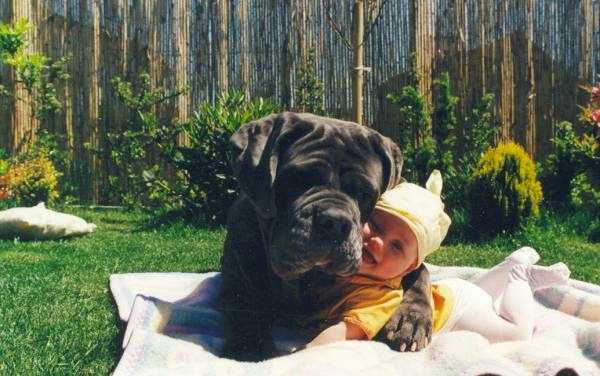Dog’s osteoarthritis: types, diagnosis, prevention
Written by: Anastasia Spevakina
Osteoarthritis is the most common canine joint disease, which is characterized by imbalance between the processes of recovery and destruction of the cartilage in the bone beneath the cartilage and surrounding tissues (joint capsule, ligaments and muscles).Unfortunately, this disease greatly reduces the quality of dog’s life.
There are 2 types of dog’s osteoarthritis: idiopathic and atrophic.
Idiopathic osteoarthritis is a rare type of dog’s osteoarthritis. It’s common for such breeds as Labradors, Rottweilers, Dalmatians, and Chows. Usually these dogs have a symmetrical damage in two limbs.
Atrophic osteoarthritis can be detected on x-ray of dog’s joints and appears mostly due to infectious diseases.
Stages of the disease
In the first stage dogs can have lameness (with hip dysplasia or dislocation of the kneecap). The lameness can be intermittent or constant. Dogs on this stage of the disease become sluggish, more awkward and less playful.
Unfortunately, osteoarthritis is often unnoticed on this stage, as veterinarians and owners believe that pathology of joints is unusual for young dogs. Moreover, vets ascribe symptoms of the disease to the accidental injury.
In the 2nd stage of the disease symptoms are often unstable and associated with more intense periods of dog’s activity.
At this stage dogs start to have limited mobility of joints, bony growths and rough joint surface.
The 3rd stage of osteoarthritis occurs in middle-aged dogs.Dogs can refuse to climb into the car and be reluctant to take stairs.
During this stage dogs have damage of the cartilage tissue and loss of muscle mass in injured limbs. It’s not that difficult to distinguish the disease during this phase, as clinical symptoms and radiographic changes are more apparent.
The 4rth stage of osteoarthritis is the most severe, because at this stage dogs lose the ability to walk and perform active movements.
Loss of articular cartilage, thickening of the joint capsule, more severe loss of muscle mass – all these symptoms make rapid changes in the dog’s lifestyle.
When and how we should treat the disease?
Of course, it’s more effective to treat the disease, when dogs are at the first stage. But it’s not always possible to distinguish the disease and treat dogs at the right time.
If the vet found that your dog has osteoarthritis of the first stage, you have to provide a special diet for the pet.
Omega – 3 and omega – 6 fatty acids reduce inflammatory response and provide glucosamine and chondroitin of natural origin for dogs (#Purina Nestle, JM diet).
In the second stage dogs need daily exercises that don’t cause lameness and don’t provoke the development of osteoarthritis. Swimming and moving in the water are the best exercises.
It’s necessary to make a comprehensive study of joints during the third stage. Vets provide special types of exercises, which allow dogs to maintain a stable condition of even to improve it.
Control of pain is the most important aspect of treatment in the fourth stage. The sick dog should stay in the veterinary clinic in order to ensure full control of pain and maximize the opportunities of training programs.
Read Also : 15 Dogs That Don’t Look Like Dogs

